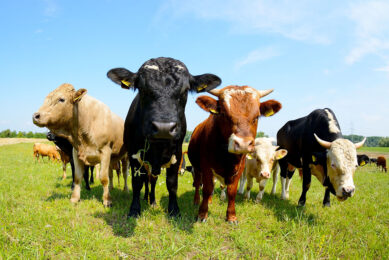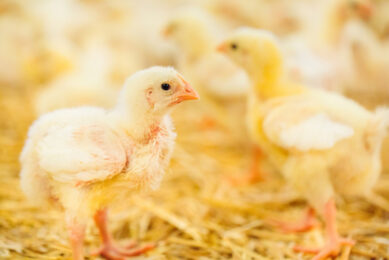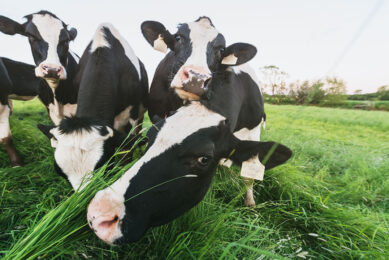Can we really lower zinc levels that easily?

Recently Efsa proposed that we should lower the zinc levels in animal diets. I agree, oversupplying leads to nothing and we should be more responsible in the way we use certain things. But is this solely a European standpoint and do we really know enough to lower the levels?
Too much zinc in the animal’s diet can lead to excessive excretion of this heavy metal. Plants and the environment cannot deal with heavy metals. So, the levels must be lowered, as stated by Efsa. Fair enough, and Efsa talks about the EU only, but from an international point of view, this is easier said than done.
Speaking to Prof. Robert van Barneveld, consultant and pig nutrition expert in Australia, he said that the Efsa comments are fine if you are looking at zinc levels in diets for nutritional purposes only. “They overlook the fact that zinc oxide and other zinc sources can be very useful antimicrobial agents when included in diets at higher levels. In Australia zinc oxide is used regularly at 3,000ppm (mg/kg) to combat the effects of E.coli“, he said.
This level of usage (3,000ppm) is also standard practice in many parts of Asia. According to Van Barneveld, this is the result of very few antibiotic alternatives as effective against E. coli. He addressed that zinc is of course not the only strategy applied. “It is generally used in combination with organic acids, limited use of acid binding ingredients, carbohydrase enzymes, low protein diets and strategic application of high quality feed ingredients”, he added. Please note that the use of zinc for nutritional purposes and the use of zinc (oxide) for medicinal purposes are two different things. In some countries the use of zinc oxide at high levels (such as in Australia, Asia and some European countries) is permitted for e.g. the first weeks after weaning. These levels can then be used on top of the levels set for nutritional purposes.
The fact that high zinc levels pose a risk to the environment is a theme that is currently not debated in Australia. But what is the situation in the US? When I asked Professor Gretchen Hill from the Michigan State University, she said that statements or decisions about lowering zinc levels are often made by individuals who are not familiar with the literature or are not educated in “mineral” nutrition so they do not know how to interpret the science that has been published in good scientific journals. “Additionally, there is limited to no information on Zn needs in many species. Poorly designed studies need to be carefully evaluated before the data is used in setting a standard. For example, the new (2012) NRC requirements are not based on data from pigs that are typical of those in production today. Feeds, housing, management, genetics, etc. are all different”, she explained to me.
Rincker et al. from Michigan State University published a paper that clearly shows how the animal “loads” itself before Zn excretion is increased even with pharmacological Zn (3,000 ppm) in the diet. “This concept is important in limiting the amount fed and points out that amount of time of feeding high amounts of a mineral and age of the animal relative to need may be more important or equally as important”, according to Hill. She also clearly pointed out to me that there are no data on sow Zn needs, but her work with advancing parity in beef cattle and Mahan’s work with sows shows that females need more of a trace mineral as parity advances.
At the same time, some Dutch animal feed experts say that most of the Dutch nutritionists already use less zinc than the proposed new levels from Efsa (for fattening pigs for example, a max of 60 mg/kg feed is used). But do they have enough knowledge to be sure that these levels can be as low as that?
Adding ‘extra’ minerals such as zinc often reminds me of adding a little bit of extra detergent to ensure your clothes come out clean. In the case of zinc, just to make sure the animal gets enough. But isn’t this an outdated principle? The techniques (industrial enzymes) have become more savvy and the amount of detergent needed to wash your clothes (at a lower temperature) is getting less and less. The same applies to mineral supplementation. New organic forms of minerals and more knowledge about the utilisation of the minerals may lead to the responsible use of these ingredients. But, countries across the globe are certainly not running at the same pace yet and there are still some doubts on the exact need of zinc and the interaction with other components. Maybe we think we know more than we actually do?











